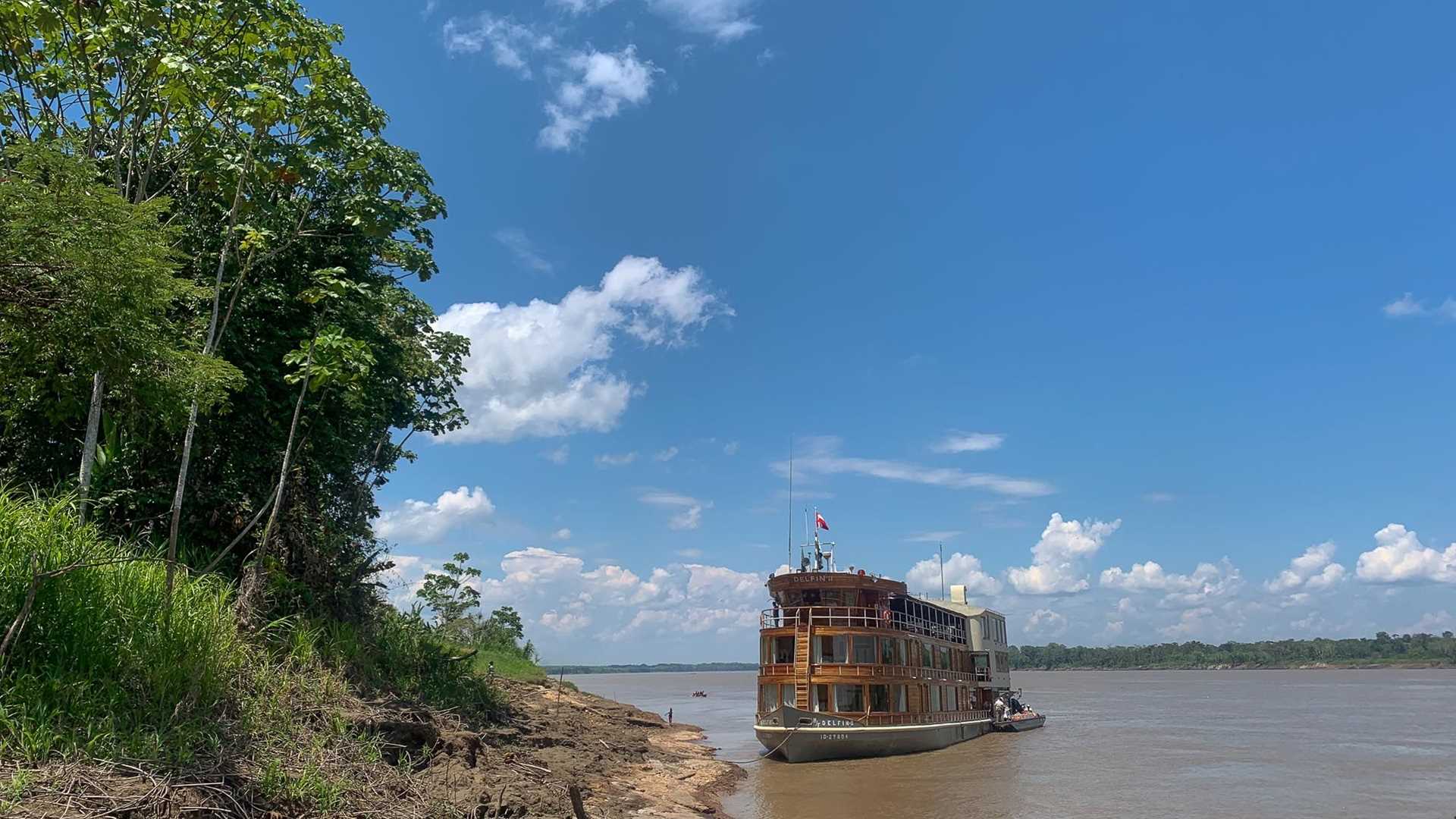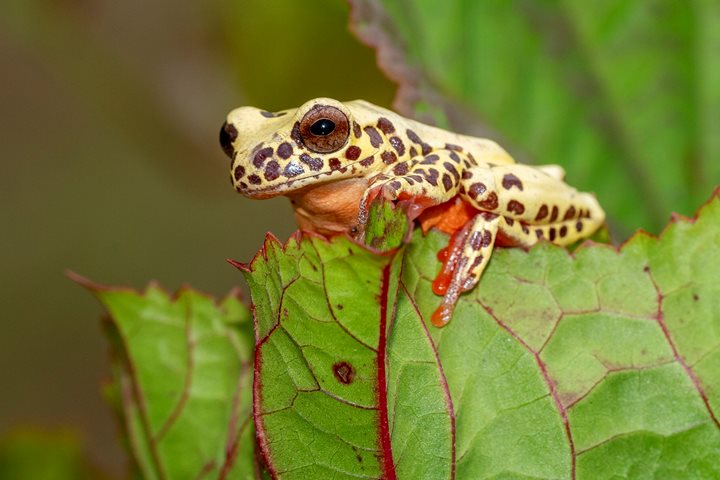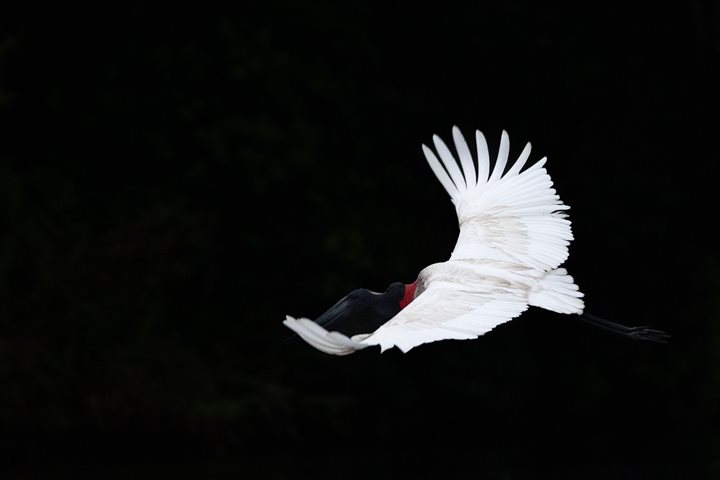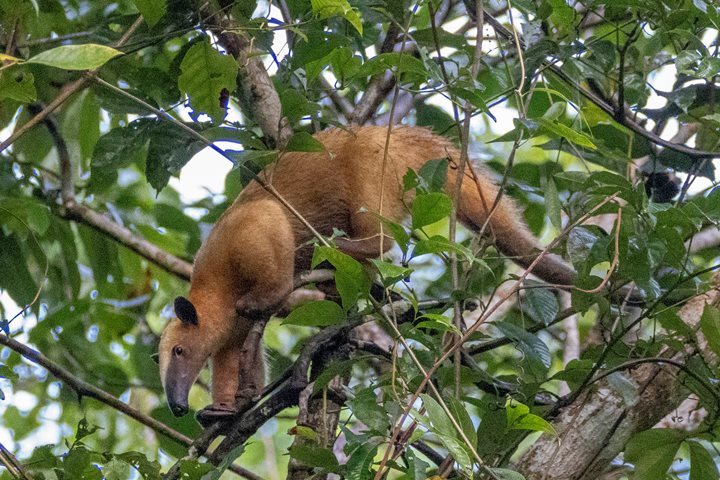The women of the little town of Amazonas have long since taken control of the village. With the help of local NGO Minga Perú, those that were once abused, neglected or plainly ignored have overcame their fears and spoken up. So much so that they are now leaders in their communities and share their success with other women in the Amazon. The do not only produce and harvest food for their families, but they also sell the surplus to produce an economic income. And they do all this in a sustainable way, even helping the Amazon rainforest recover! A win-win situation and a remarkable story that we had the privilege to hear from them. In the afternoon, after toasting to the birth of the Amazon at the very confluence where it is formed, we cruised up the Ucayali River, where we are to spend the rest of our expedition until we reach the southern and wilder part of the Pacaya-Samiria Reserve.
5/31/2025
Read
Delfin II
Marayali River, Amazonas Village, Peru
Leaving Delfin II at 06:00 for our morning skiff ride, we explored the Marayali River. The birds were up and working on obtaining breakfast while the three-toed sloths chose to sleep the morning hours away. On our way back to the ship, we encountered a snail kite having its namesake prey for breakfast right in front of us! The rest of the morning was spent at Amazonas Village getting an introduction to life along the river. Demonstrations of how to get sugar water out of cane, how to make and dye fiber for baskets and other items, as well as food preparation were given. We chatted with children who had monkeys as pets! Our evening was topped off by a toast to the beginning of the actual Amazon River, where the Marañon and Ucayali Rivers converge. Salud! This is my final daily expedition report as a full-time Lindblad employee. I am retiring after 21 years as a National Geographic certified photo instructor and naturalist, ready to begin a new life of travel and exploration. I want to give a big thank you to all of those Lindblad guests whom I have traveled with over the years, and I will leave you with these words: Travel as often as you can, as far as you can, for as long as you can. May God and your luggage be with you!







